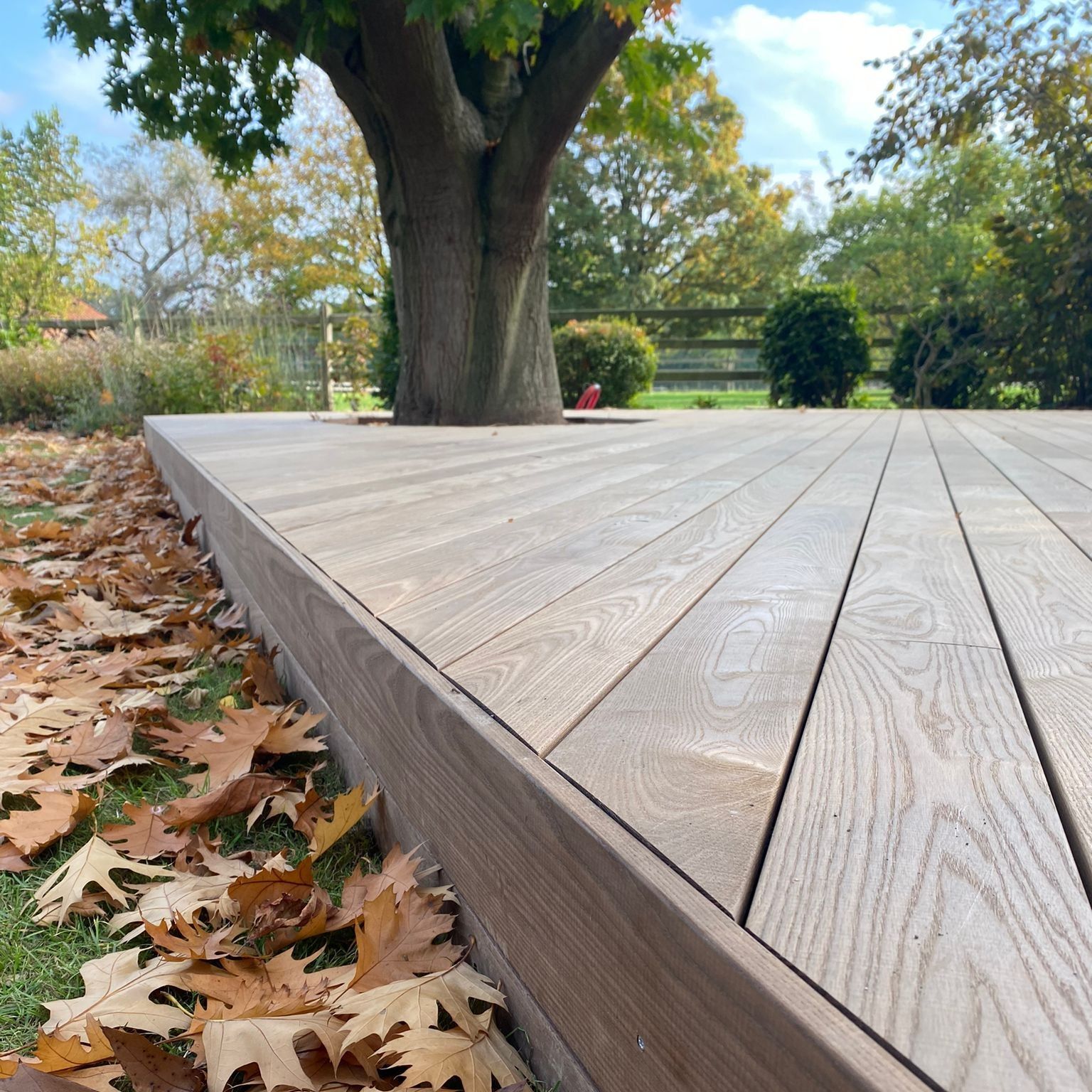
Do you know the differences between Thermally Modified Products and the WPC?
Do you know the differences between Thermally Modified Products and the WPC? Which one to choose?
Difficult questions…
Let’s give the answers with some comparisons:
Thermally Modified Products:
1. Thermally Modified Wood Products are totally natural and the production process consists just from steam, pressure and heat. It’s a completely ecological process from A to Z.
2. Starting from the procurement of the raw materials till the installation of the end products Thermally Modified Wood Products no chemicals are used at any stage.
3. The bonding waters in the wood are removed from the wood cells. Thus, the Thermally Modified Wood Products become dimensional stable and durable for any outdoor applications and gets suitable for all weather conditions.
4. The principle of Thermally Modified Wood products is to apply the process to moderably or less durable species to enhance the durability of the wood specie used for outdoor applications. This prevents using sources from Tropical Forestries which are the water reserves of the world.
5. It’s Recyclable, harmless to all living species, possible to maintain and is able to renew the product by maintaining it without additional cost creation.
6. It’s also a renewable sourcing possibility from it’s raw material supply. As the Thermally modified Wood products have low carbon footprints and this makes the it an ecologic product. Increased use of wood enables the absorption of gas emissions (CO2), which in turn improves the management of controlled forests through the use of wood.
7. It’s a suitable product for any kind of surface treatment which enables to refresh it’s colour with no material change – which certainly is a cost effective result.
8. Due to it’s structural advantages Thermally Modified Wood Products are easy to transport and to install. At cladding applications Thermally Modified Wood Products provide up to 20% sound and heat insulation as an addition.
9. Thermally Modified Wood products make it possible to walk bare on it at higher temperatures during summer in terms of the surface temperature.
Wood PLASTIC Composites (WPC):
1. WPC Products have increased their market position in the last few years.
2. As the WPC still is a new product in the market, the results have not been clarified yet in terms of performance and impact on nature.
3. Although it has the word “WOOD” in it’s definition this is not changing the ratio of the Plastic in the product which apprx. reaches 60-90% of petroleum waste during the formation of the product.
4. It’s often seen that WPC products have 1 mm per 1 m longitudinal shrinking once it’s applied.
5. As it’s not a natural product once a board gets damaged, scratched or the colour gets changed it gets not possible to refresh the product as it can be done with wood. A new product procurement will be needed and the colour match after this creates another case study as well.
6. Due to the amount of plastic contained in the product it makes people very difficult to walk bare on it due to the heat generation on the surface caused by the UV lights.
7. Provides an artificial appereance what makes it less optional for prestigious projects.
